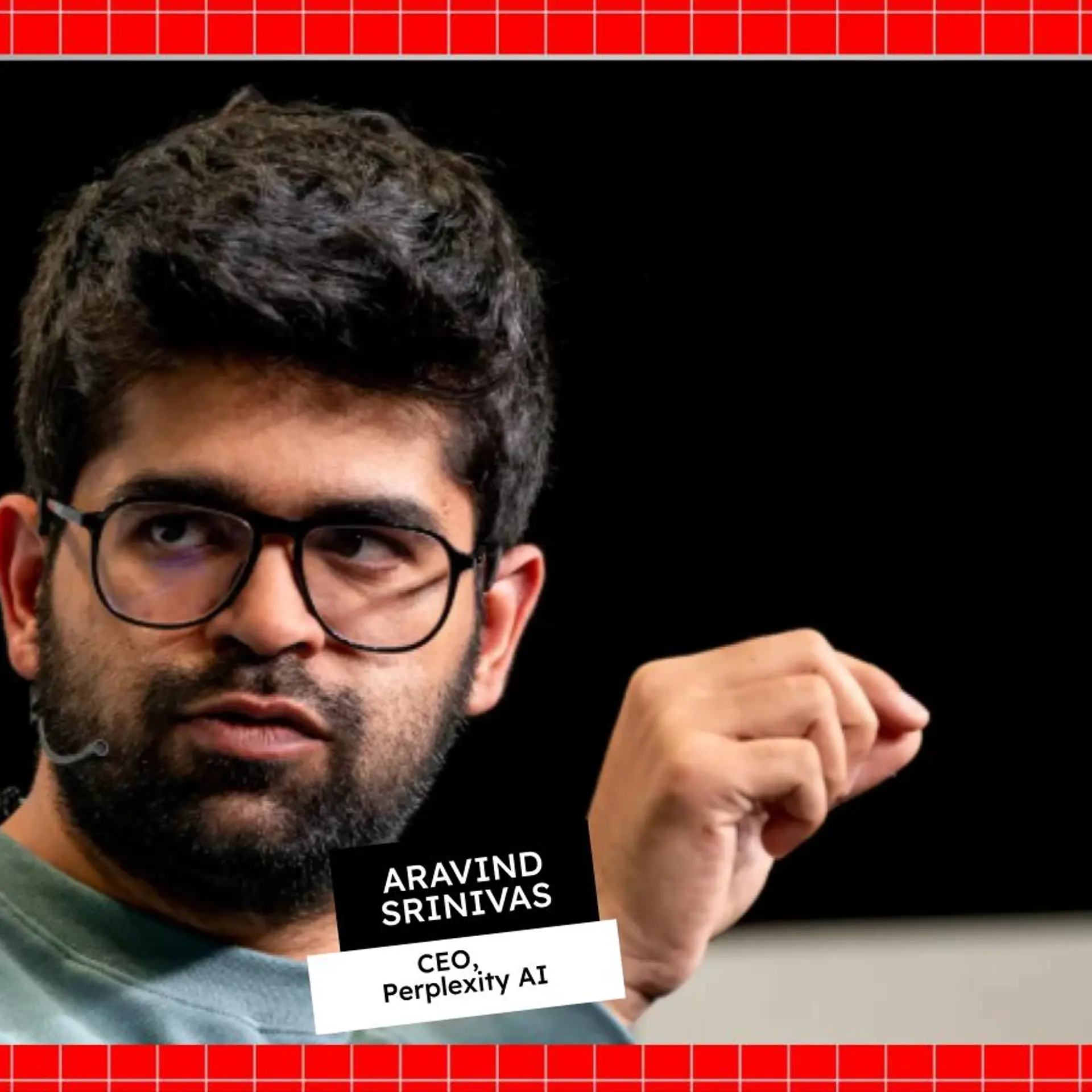The Man Who Saved Disney: Bob Iger Turned $158M Losses Into a $231B Empire
In 2001, Disney was collapsing. By 2023, it became a $231B empire. Explore how Bob Iger’s bold leadership and strategic acquisitions of Pixar, Marvel, and Lucasfilm revolutionized Disney.
In 2001, Disney faced a dire situation. The company was hemorrhaging money, with a staggering $158 million net loss reported that year. Theme parks stood eerily empty, and morale was at an all-time low. However, the arrival of one man in 2005 marked the beginning of an incredible transformation that would reshape Disney into a $231 billion empire. This is the story of Bob Iger and his strategic mastery that revived a floundering giant.
From Desperation to Domination
The early 2000s were brutal for Disney. High-budget animations like "Treasure Planet" and "Brother Bear" failed miserably at the box office. The devastating impacts of 9/11 further plummeted theme park attendance, deepening the financial woes. The leadership under CEO Michael Eisner was faltering, prompting board members Roy E. Disney and Stanley Gold to initiate the "Save Disney" campaign to oust him in 2003. The company that had built its fortune on enchantment and dreams was now on the brink of losing its magic.
Enter Bob Iger: A Visionary Leader
Bob Iger stepped in as CEO in September 2005, bringing a fresh perspective and visionary leadership. His first monumental decision was the acquisition of Pixar for $7.4 billion, a move considered overpriced by many at the time. Yet, Iger saw what others didn't—the future of animation. This acquisition not only brought creative talents like Ed Catmull and John Lasseter into Disney’s fold but also reinvigorated its animation division.
Strategic Acquisitions: Marvel and Lucasfilm
Bob Iger’s strategic genius shone brighter with each subsequent acquisition. In 2009, he purchased Marvel Entertainment for $4 billion, gaining access to a treasure trove of over 5,000 characters. This vast universe was ripe for exploration through movies, TV series, theme park attractions, and extensive merchandise lines.
In 2012, Disney acquired Lucasfilm for $4.06 billion, recognising that Star Wars was more than a film series—it was a cultural phenomenon. These acquisitions were not mere expansions but strategic moves that enhanced Disney's market position dramatically.
Disney+: Revolutionising Streaming
The launch of Disney+ on November 12, 2019, marked a significant milestone in Disney’s strategy. This platform wasn’t just another streaming service; it was an arsenal of nearly 500 films and 7,500 television episodes from Disney, Pixar, Marvel, Star Wars, and National Geographic. Disney+ quickly rose to become the fourth most popular streaming platform globally, boasting over 158 million subscribers and capturing an 11% market share.
The Empire-Building Strategy: Quality Over Quantity
Under Iger's leadership, Disney's market cap soared from $56 billion to $231 billion. The secret? A deep understanding of the entertainment industry's core principle: content isn't just king—it’s the entire kingdom. Today, Iger focuses on maximising Disney’s existing content library, emphasising quality over quantity. This approach underlines a crucial lesson in building empires: it’s not solely about acquiring assets but about leveraging them to tell compelling stories and build lasting trust.
Lessons from Disney’s Transformation
1. Visionary Leadership is Key
Bob Iger's foresight and decisive actions, such as acquiring Pixar, Marvel, and Lucasfilm, underscore the importance of leadership in navigating a company through crisis to monumental growth.
2. Prioritise Quality Over Quantity
Disney's emphasis on producing high-quality content rather than mass-producing mediocre projects helped maintain audience interest and loyalty, proving that quality truly does trump quantity.
3. Maximise Existing Resources
Instead of just accumulating new assets, Disney cleverly utilised its current holdings, integrating Marvel and Star Wars into every possible avenue, from films to theme parks.
4. Adapt and Evolve
The introduction of Disney+ exemplifies adapting to market changes. By embracing streaming, Disney positioned itself competitively in an evolving digital landscape.
5. Harness the Power of Storytelling
Disney's core strength lies in its ability to craft stories that connect with people across different ages and cultures, showcasing that storytelling remains a powerful engagement tool.
6. Focus on the Long Haul
Iger’s strategies were designed for sustainability, prioritising long-term success over immediate gains, setting Disney up for ongoing dominance in the entertainment sector.
Conclusion: A Legacy of Strategic Storytelling
Bob Iger’s tenure at Disney teaches us that true leadership involves seeing beyond the numbers. It’s about envisioning a future others can’t see and weaving a narrative that resonates across generations. By focusing on storytelling and strategic growth, Iger didn’t just save Disney; he transformed it into a behemoth that continues to captivate the imagination of millions around the world.
This remarkable turnaround story highlights how visionary leadership, combined with strategic acquisitions and innovative content delivery, can revive a faltering empire and set it on a path to unprecedented success. Disney's journey under Bob Iger’s stewardship is not just a business case study but a testament to the transformative power of narrative in the digital age.







